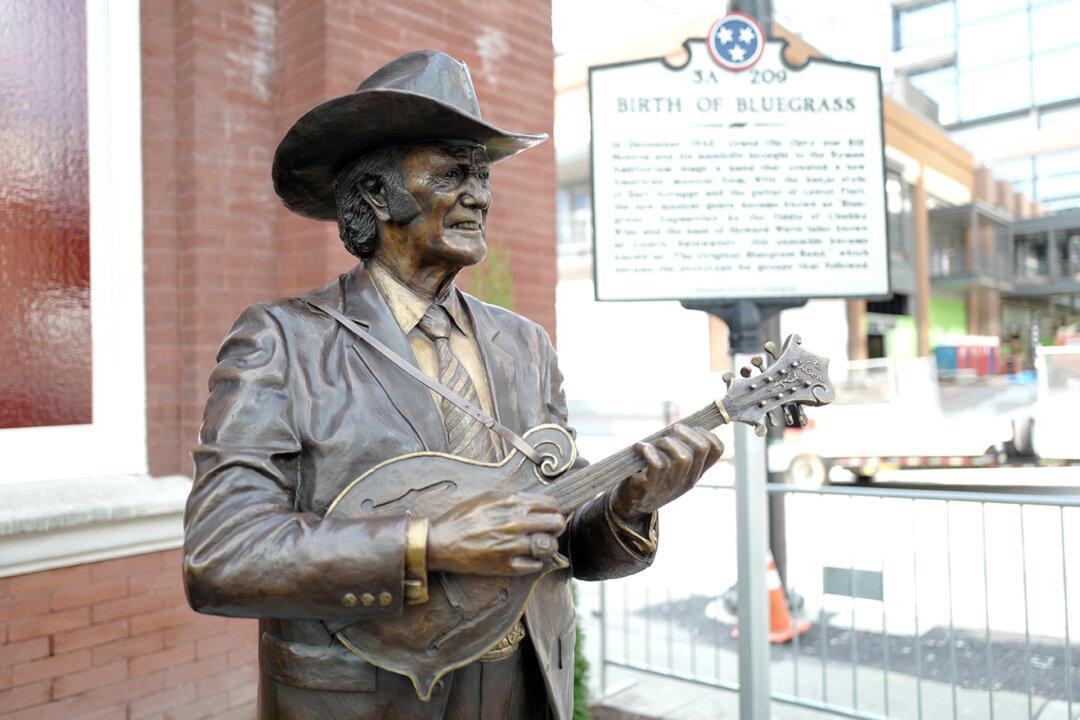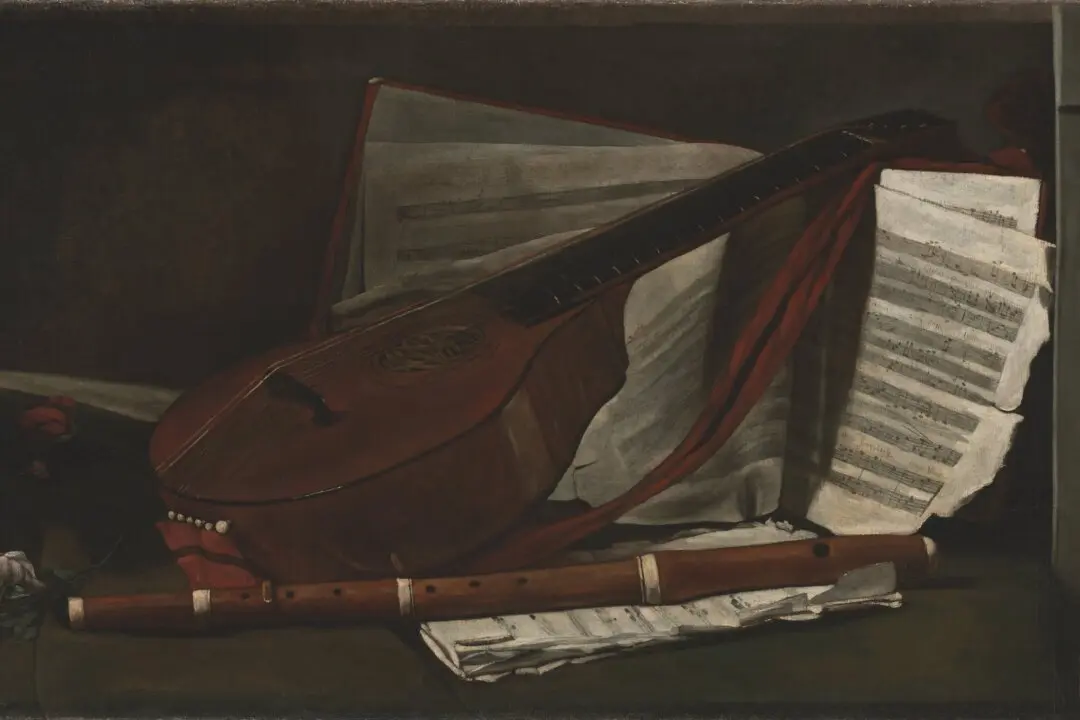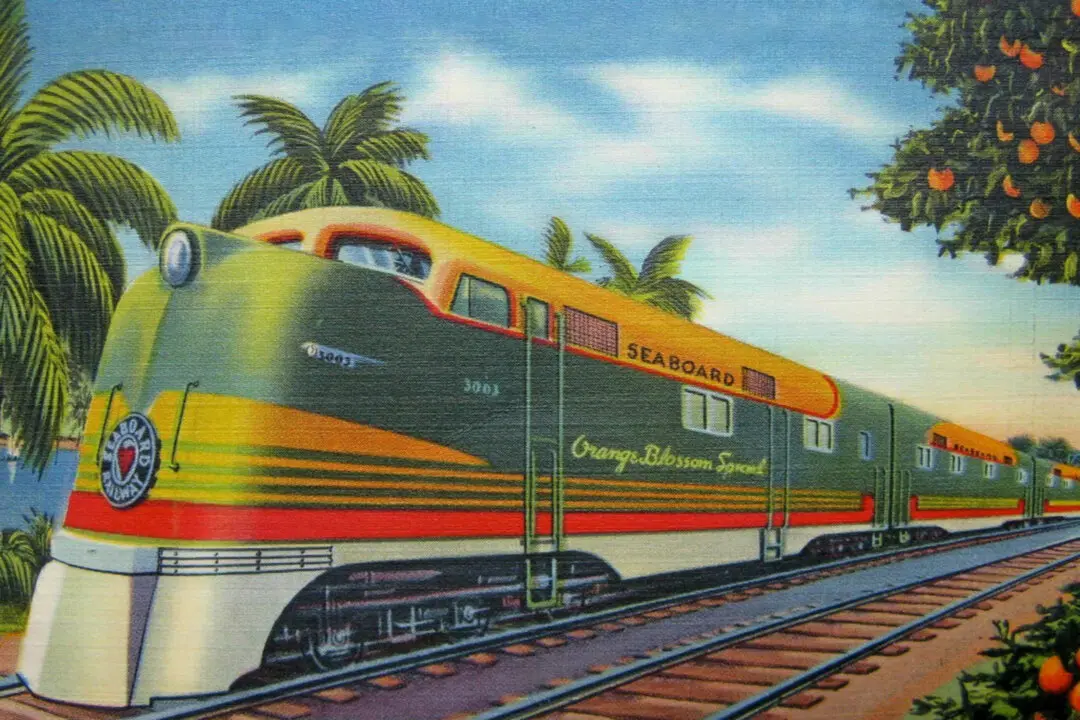The rolling hills of Kentucky are adorned with a soft blue hue each spring thanks to Poa, a type of luscious green grass that blooms bright, delicate flowers atop its blades. These flowers can be found across vast pastures and horse farms throughout the state. When musician Bill Monroe needed to come up with a name for his newly formed band in 1938, he could think of no better way to honor his beloved home state than by naming the group “The Blue Grass Boys,” after the blooming fields he looked forward to seeing every April.
Nicknamed “The Bluegrass State,” Kentucky is generally regarded as “The Birthplace of Bluegrass Music.” However, a historical marker in Nashville, Tennessee also boasts that coveted title, after Monroe’s legendary performance in 1945 when bluegrass music was performed to the masses for the first time. Without Monroe and his “Blue Grass Boys,” or the Poa he loved so much, we may not have ever been given the gift of the acoustic-based, toe-tapping genre.





